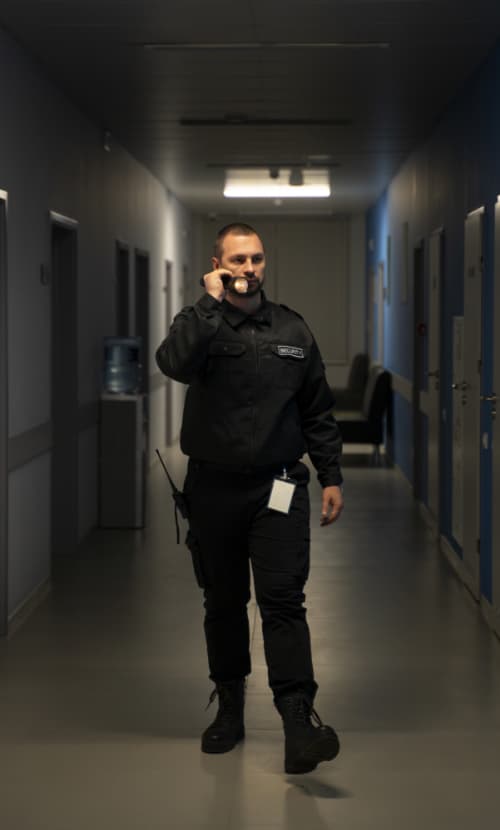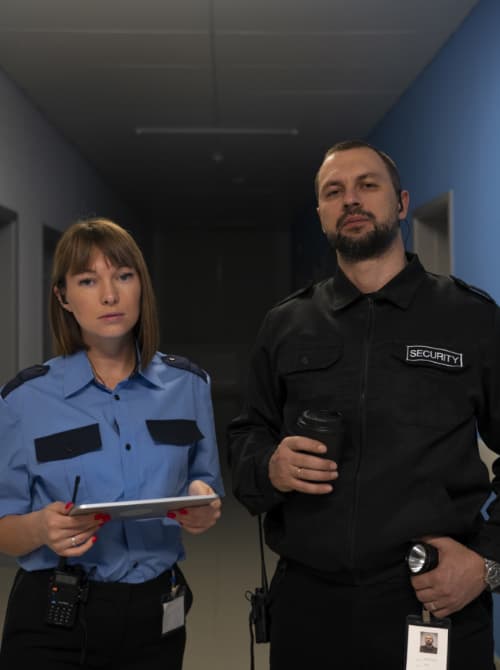
Preventing PTSD Starts with Recognizing Stress
Law enforcement, fire service and corrections are three of the most dangerous, stressful and health threatening occupations, leading to chronic stress, and for many – to Post Traumatic Stress Disorder (PTSD).
While the May 2020 murder of George Floyd by a Minneapolis police officer led to a national reckoning on policing and race relations, the number of fatal shootings by police officers has actually increased, according to the Washington Post. A study of active-duty police officers during complex, stress-inducing scenarios clearly link stress with heart rates. Researchers calculated that the elevated stress reactivity predicted poorer performance – a 13% decrease – and a six-fold increase in lethal force errors.
LWe set out to add to the body of research proving that stress has a huge effect on job performance. In this pilot study, we monitored police officers' physiology during various simulated scenarios (abstract).
- Law enforcement (18,000+ local police departments with over 700,000 officers)
- Other first responders and public safety workers: firefighters, security guards, EMTs, air traffic controllers, prisons guards, etc.
- Mental health professionals
- Manual Laborers: construction, oil rigs operators
- Professionals: doctors, lawyers, traders, executives, reporters, pilots
- Sports professionals and leaders
- Any job where stress can negatively affect performance
The Path to Wellness is Paved with Less Stress
Clearly, any wellness program must include stress monitoring and mitigation strategies. In fact, stress and wellness issues were identified as major pillars by the President's Task Force in their 21st Century Policing Report.
In short: preventing PTSD starts with monitoring and measuring stress. Chronic illness not equal to PTSD Seren operates as a first responder’s ‘co-pilot,’ showing them how stress affects their HRV (heart rate variability). Armed with this objective data, first responders gain a better understanding of how they tend to respond to various stress triggers.
Eventually, they can predict how future events could affect their decision-making ability, job performance and overall health. Seren’s body sensor collects and charts every heartbeat, offering a unique window into the individual’s HRV over time and during a variety of incidents. This data can then be combined with Body Worn Camera (BWC) and other on-the-job data to offer a unique window how various situations affect stress.
Our ultimate goal is to help first responders and their supervisors and department heads detect and prevent stress from harming both the individuals as well as the community members they are sworn to protect and serve.
We are also making great strides in building awareness of the vital need for this product in a wide variety of markets.


Putting Stress Testing to the Test
With an estimated 27 million data captures so far, Seren is collecting a wealth of data across a wide cross-section of first responders.
Using off-the-shelf hardware, Seren’s software is easily uploaded onto a mobile phone. The individual’s biometric data is then inputted into a secure proprietary cloud for analysis. Participants can view real-time HRV readings via Seren’s dashboard. Although stress impacts everyone differently, knowing how stress affects the individual can be used to forecast how they may react in a stressful situation.
This data can also help administrators make informed decisions on scheduling, duty assignments, etc. In addition, dispatchers can contact officers to check on their status, advise supervisors of an emerging or urgent issue, and/or dispatch a replacement and/or additional resources.
Seren can also be used as a key component in wellness activities. Trainers can address the triggers that create the most stress, arming officers with techniques that help them recover more quickly. Stress-reducing therapies range from simple breathing techniques to therapeutic services conducted by qualified mental health professionals.
Dozens of Police Officers Tested
The Criminal Justice and Criminology Department at Washington State University (WSU) collaborated with Seren to become one of the first to bring a successful behavioral A.I. initiative to the public safety sector.
In what could be the largest public safety stress initiative, around 100 police officers were outfitted with Seren’s wearable sensors and onboarded onto the Seren platform. Seren captured their HRV and other biometric data and provided this data in aggregate to the individual officers and department heads.
WSU’s platform and team of research assistants labeled each event by viewing Body Worn Camera (BWC) video. WSU then rated the intensity of each event (e.g. walking, running, exiting squad car, drawing a weapon) that generated a stress response. Seren’s generative A.I. engine used this data to predict the officer’s future stress levels, unlocking key insights and increasing the accuracy of its predictive models as it added more data.
As individuals saw where their stress levels were headed, they could manage and modify their stress using a variety of techniques and/or counseling. Supervisors could also observe the effects of stress on officers and determine which activities caused the most stress..

